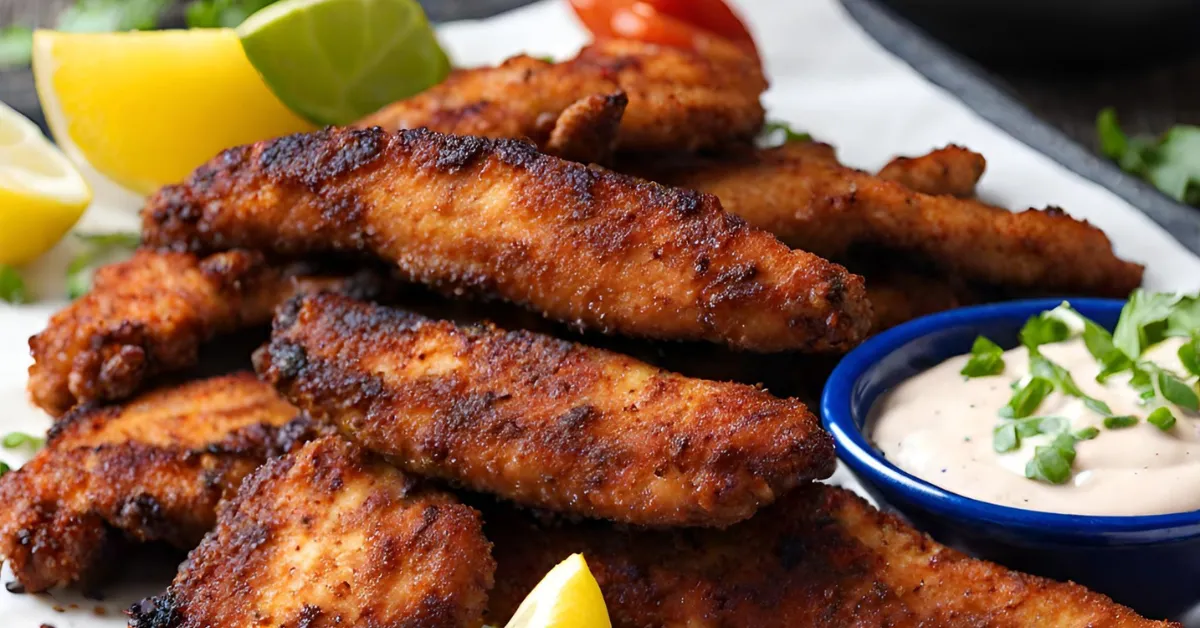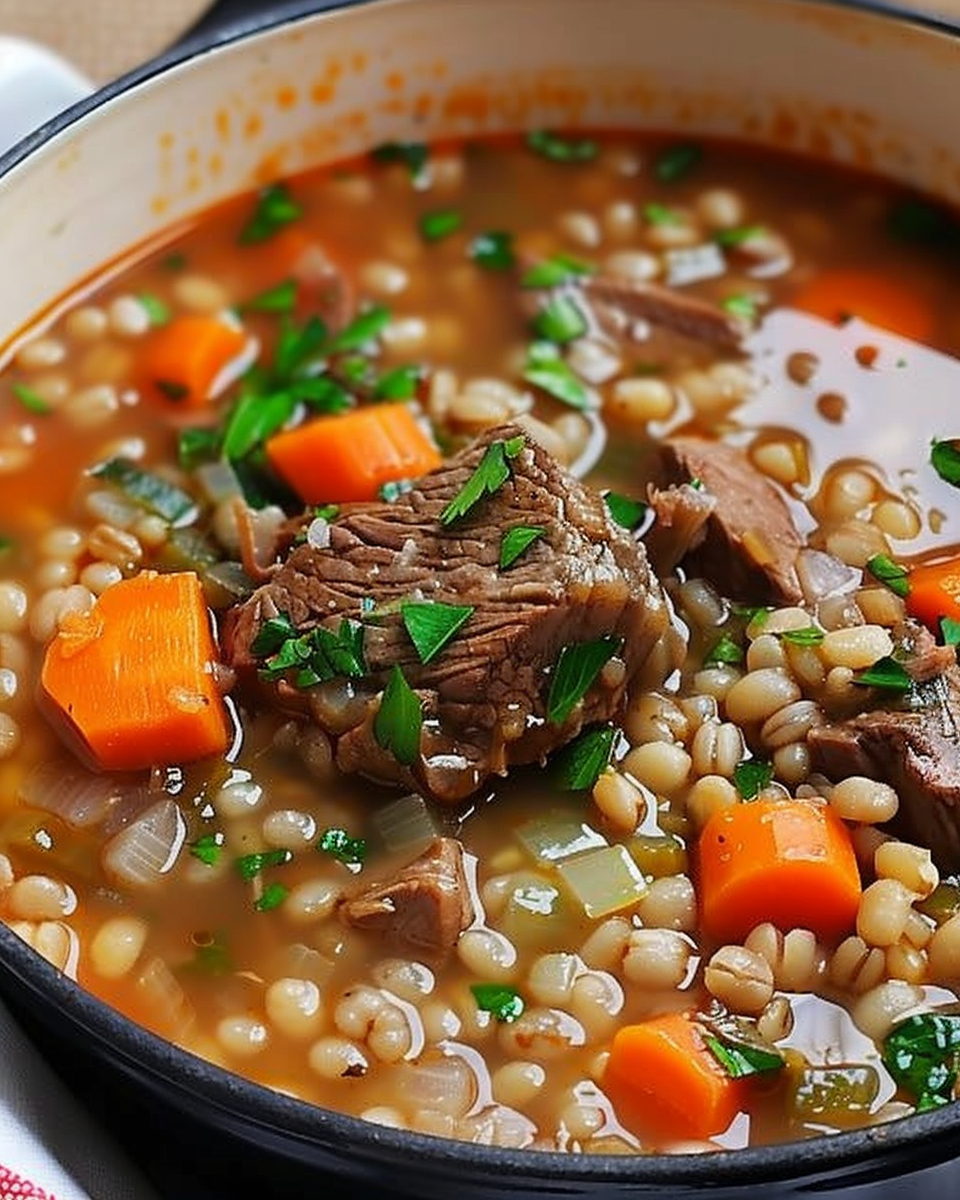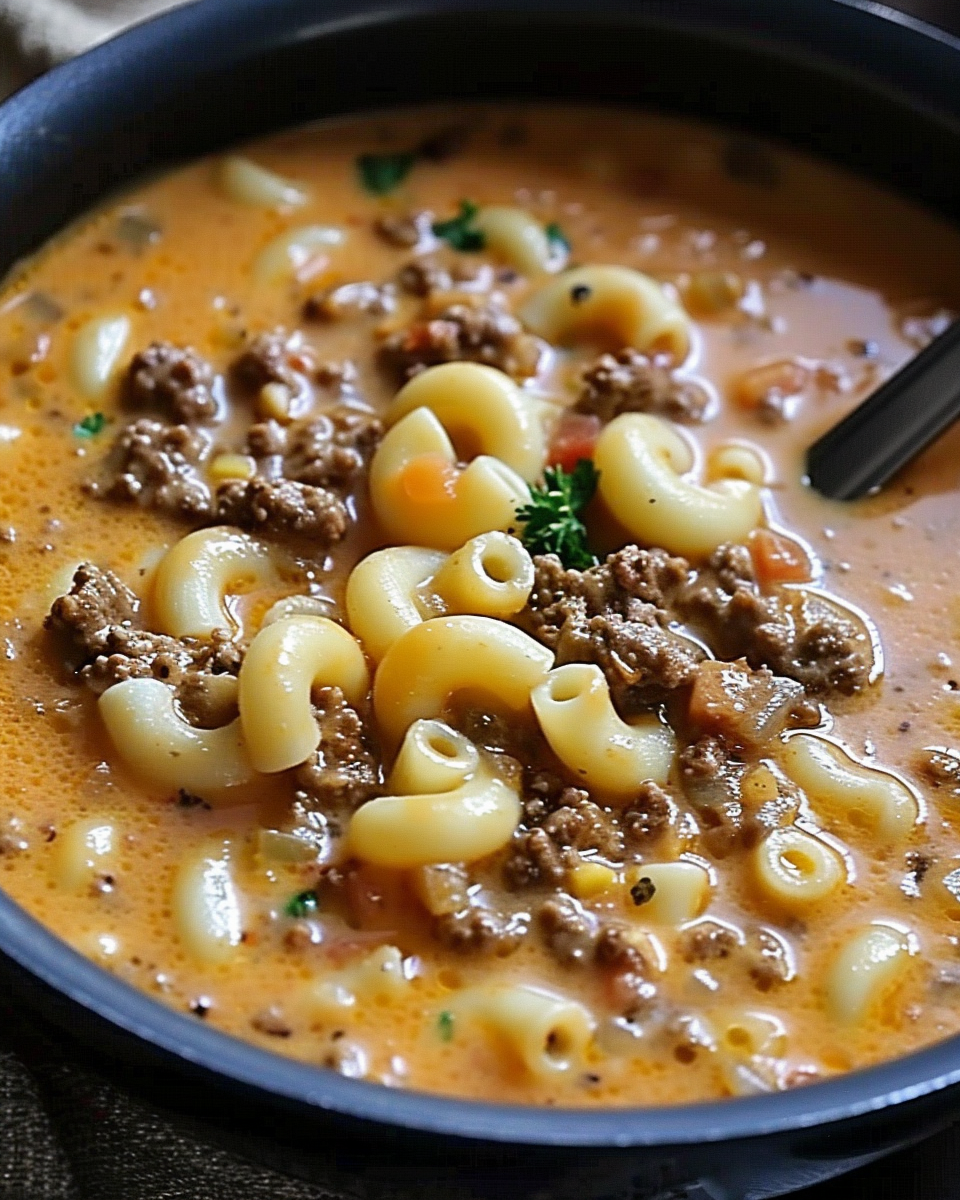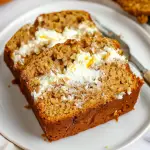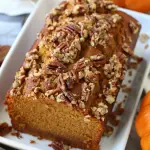Welcome to our comprehensive guide on “Can you Blacken without Butter?” In this article, we will delve into the exciting world of culinary techniques, specifically focusing on the blackening method. We aim to provide you with a plethora of information, tips, and recipes to help you master the art of blackening without the need for butter. Whether you are a home cook or a professional chef, this guide is designed to enhance your cooking skills and introduce you to healthier alternatives.
Introduction to Blackening without Butter
Blackening is a popular cooking technique that imparts a rich, flavorful crust onto your food. Traditionally, it involves coating the food in a mixture of spices and herbs, followed by cooking it in a hot pan with butter. However, as we become more health-conscious, finding alternatives to butter has become a culinary trend. In this section, we will explore the origins of blackening, understand why one might want to avoid butter, and introduce the concept of blackening without butter.
The blackening technique has its roots in Cajun cuisine, renowned for its bold flavors and use of fresh, local ingredients. The key to a perfect blackened dish lies in the spice mix and the cooking method. Here, we will break down the elements of traditional blackening and how we can adapt them for a butter-free version. However, it’s essential to address why you might want to skip the butter in the first place.
Butter, while delicious, is high in saturated fats and calories. For those looking to maintain a healthier diet or with dietary restrictions, finding an alternative is crucial. In this part, we will discuss the health implications of butter and why you might want to consider other options.
Achieving the Perfect Blackened Seasoning
Achieving the perfect blackened seasoning is crucial when it comes to mastering the art of blackening without butter. This flavorful mix of spices and herbs is what gives your dish its characteristic smoky, spicy flavor. Let’s dive deeper into how you can create and apply this quintessential seasoning to your culinary creations.
Essential Spices and Herbs
First and foremost, it’s important to understand the key ingredients that make up a blackened seasoning. Start with a base of paprika, which provides a sweet and smoky flavor, and then build complexity with cayenne pepper for heat, garlic powder for a savory kick, onion powder for depth, and thyme and oregano for an herbal touch. Don’t forget a generous pinch of salt and black pepper to enhance all the other flavors.
Tips for Even Application
Once you’ve crafted your blackened seasoning blend, the next step is ensuring an even application on your food. Begin by patting your protein or vegetables dry to create a smooth surface for the spices to adhere to. Next, sprinkle the seasoning evenly across the surface of your food, making sure to cover all sides for an even flavor profile. If you have time, let the seasoned food sit for a few minutes to allow the flavors to meld together and adhere better during cooking.
Balancing Flavors
The key to a perfect blackened seasoning is balance. You want a harmonious blend of heat, savory, and herbal flavors. If you’re new to making your own spice blends, start with small amounts of each spice and adjust according to your taste preferences. Remember, it’s easier to add more spices than it is to correct an overly spicy or salty mix.
Experimenting with Variations
Don’t be afraid to get creative and experiment with different herbs and spices to suit your personal taste or match the dish you’re preparing. Consider adding a touch of brown sugar for a sweet contrast, or try smoked paprika for an extra layer of smokiness. The possibilities are endless, and making your own blackened seasoning allows you to tailor the flavor profile exactly to your liking.
Storing Your Blackened Seasoning
If you’ve made a larger batch of blackened seasoning than needed, store the excess in an airtight container in a cool, dark place. Properly stored, your homemade spice blend should stay fresh and flavorful for up to six months. This not only saves you time for future cooking endeavors but also ensures you always have your perfect blackened seasoning blend at hand.
7 Effective Cooking Methods for Blackening without Butter
The art of blackening is a culinary technique often associated with butter, used to create a deliciously crispy and flavorful crust on meats and vegetables. However, in today’s health-conscious world, many are seeking alternatives to butter. The question then arises: “Can you blacken without butter?” The answer is a resounding yes! There are several cooking methods that you can employ to achieve that perfect blackened crust without using butter. Let’s dive into some of these techniques.
1. Using Olive Oil as a Substitute
Olive oil is a fantastic alternative to butter for blackening. It has a high smoke point and imparts a subtle, savory flavor to the food. To blacken with olive oil, simply coat your protein or vegetables evenly with olive oil, then apply your blackening seasoning liberally. Preheat your skillet over medium-high heat, and once hot, add your food. Cook on each side until the crust is dark and crispy.
2. Coconut Oil for a Tropical Twist
If you’re after a slightly sweet, tropical flavor, coconut oil is your go-to. Its high smoke point makes it ideal for achieving a blackened crust. Just like with olive oil, coat your ingredients in coconut oil, season, and cook in a hot skillet. The coconut oil will add an extra layer of flavor, complementing the spices in your blackening seasoning.
3. Avocado Oil for a Neutral Flavor
For those who prefer a more neutral flavor, avocado oil is an excellent option. Its mild taste won’t overpower your seasoning, and it has a high smoke point, perfect for blackening. Use it in the same way you would olive or coconut oil, ensuring your skillet is hot enough to sear the food and lock in the flavors.
4. Grilling for Smoky Goodness
Blackening on the grill provides a smoky flavor that’s hard to replicate with other cooking methods. Simply preheat your grill to high, coat your food in a high-smoke-point oil, season, and place it directly on the grill grates. Cook until a crust forms on the outside, and you’re left with a smoky, blackened dish.
5. Baking for a Healthier Option
Baking is a healthier alternative to frying, and it can still yield a crispy blackened crust. Preheat your oven, coat and season your food, and place it on a baking sheet. Bake until the outside is crispy and the inside is cooked to your liking. For an extra crispy crust, place the food under the broiler for the last few minutes of cooking.
6. Broiling for Quick Blackening
The broiler is your best friend when it comes to quick blackening. It provides intense, direct heat, similar to a grill. Simply coat and season your food, place it on a baking sheet, and broil on high until the crust is crispy and blackened. Keep a close eye on it to prevent burning.
7. Cast Iron Skillet for Even Cooking
A cast iron skillet is a kitchen staple for blackening without butter. Its ability to retain and distribute heat evenly ensures a perfect crust every time. Heat your skillet until it’s very hot, coat your food in oil, season, and cook. The cast iron will give you a crispy, flavorful crust without the need for butter.
Blackening without butter is not only possible, but it also opens up a world of exciting flavors and cooking techniques. Whether you’re using oils as a substitute, grilling, baking, or broiling, there are plenty of ways to achieve that perfect blackened crust. So go ahead, experiment with these methods, and discover your favorite way to blacken without butter.
Creative Recipes for Blackened Dishes
Blackening is a culinary technique traditionally associated with Cajun cuisine, resulting in dishes that are packed with flavor and feature a delightfully crispy crust. While butter is a common ingredient in blackening, it’s not essential. There are plenty of creative ways to achieve that signature blackened crust without it. Here are some innovative recipes that will guide you through the process of creating mouthwatering blackened dishes.
Blackened Chicken with Avocado-Lime Salsa
In this recipe, we swap out butter with avocado oil, known for its high smoke point and neutral flavor. First, coat boneless chicken breasts with a mix of smoked paprika, garlic powder, cayenne pepper, thyme, and oregano. Sear the chicken in a hot cast iron skillet with avocado oil until a crispy crust forms. Serve it with a fresh salsa made from avocado, lime juice, cilantro, and diced tomatoes for a zesty kick.
Related: Blackened Chicken Tenders
Spicy Blackened Shrimp Tacos
For a quick and flavorful meal, try blackened shrimp tacos. Toss peeled shrimp in a bold blend of chili powder, cumin, garlic powder, and a dash of cayenne for heat. Cook the shrimp in a hot skillet with a bit of olive oil until they’re just cooked through. Wrap them up in soft tortillas and top with a tangy slaw, fresh cilantro, and a drizzle of lime juice.
Blackened Salmon with Mango Salsa
Salmon is a great candidate for blackening, and in this recipe, we’ll use coconut oil for a hint of sweetness. Coat the salmon fillets in a spice mix of paprika, onion powder, garlic powder, and thyme. Sear the fillets in a skillet with coconut oil until the crust is crispy. Serve the salmon with a sweet and spicy mango salsa made from diced mango, red bell pepper, jalapeno, and lime juice.
Blackened Cauliflower Steaks
For a vegetarian option, try blackened cauliflower steaks. Slice a head of cauliflower into thick steaks and brush them with olive oil. Sprinkle a generous amount of Cajun seasoning over the steaks and roast them in a hot oven until they’re tender and the edges are crispy. Serve the cauliflower steaks with a dollop of herbed yogurt or your favorite dipping sauce.
Blackened Tilapia with Cilantro-Lime Quinoa
This light and healthy recipe features blackened tilapia served over a bed of cilantro-lime quinoa. Coat the tilapia fillets in a mixture of paprika, garlic powder, onion powder, and cayenne pepper. Cook the fillets in a skillet with avocado oil until the crust is crispy. Serve the fish over quinoa cooked with lime juice and fresh cilantro for a refreshing meal.
Spicy Blackened Portobello Mushrooms
Portobello mushrooms have a meaty texture that makes them perfect for blackening. Remove the stems and gills from the mushrooms and brush them with olive oil. Sprinkle with Cajun seasoning and cook them in a hot skillet until they’re tender and the edges are crispy. Serve the mushrooms on a bun for a delicious vegetarian burger or slice them up for a tasty topping on salads or pizzas.
Blackened Catfish with Corn and Tomato Relish
In this Southern-inspired dish, blackened catfish is paired with a fresh corn and tomato relish. Coat the catfish fillets in a spicy mix of paprika, garlic powder, onion powder, and cayenne. Cook the fillets in a skillet with a bit of olive oil until they’re crispy and cooked through. Serve the catfish with a relish made from fresh corn, diced tomatoes, red onion, and cilantro.
Maintaining Flavor and Moisture without Butter
One might think that removing butter from cooking would result in a loss of flavor and moisture, but this is a culinary myth we’re here to bust. With the right techniques and ingredients, you can maintain, or even enhance, the flavor and moisture in your dishes, all while saying goodbye to butter. Let’s delve into how you can achieve this in your cooking endeavors.
Utilizing Aromatic Spices and Herbs
First on our list is the power of aromatic spices and herbs. These natural flavor enhancers can elevate your dish to new heights. Think of ground cumin for a warm, earthy base, or a sprinkle of rosemary for a fragrant touch. Fresh herbs like cilantro or basil can add a burst of flavor right before serving. The key is to build layers of flavor that complement each other, creating a harmonious and delightful taste experience.
Experimenting with Acidic Ingredients
Don’t underestimate the role of acidic ingredients in your cooking. A splash of lemon juice or a drizzle of balsamic vinegar can brighten up a dish and bring all the flavors together. Acidic ingredients not only add a zesty kick but also help to balance out the flavors and enhance the overall taste of your meal.
Mastering Cooking Techniques
The way you cook your food plays a crucial role in maintaining moisture and flavor. Techniques like brining or marinating can add moisture and infuse your food with flavor from the inside out. When it comes to cooking, opt for methods like steaming or poaching, which help to preserve the natural juices of your food. And when it’s time for a bit of browning, a hot pan and a bit of oil can create a delicious, caramelized crust just as well as butter can.
Choosing the Right Oils
Replacing butter with the right oils can make all the difference. Olive oil is a popular choice, known for its heart-healthy fats and rich flavor. For high-heat cooking, oils like avocado or grapeseed are excellent options. These oils not only contribute their own unique flavors but also have high smoke points, ensuring your food cooks perfectly without any risk of burning.
Embracing Vegetable Broths and Stocks
Vegetable broths and stocks are unsung heroes in the kitchen. They can be used to deglaze pans, adding a layer of flavor that would otherwise be lost. When simmering grains or legumes, using broth instead of water can infuse your dish with an extra dimension of taste.
Related: Blackstone Griddle: Ultimate Care & Maintenance Guide
FAQs
Is blackened fish healthy?
Yes, blackened fish can be a healthy option, especially when it’s prepared with minimal oil and served with a side of vegetables. The blackening process itself doesn’t add any additional calories or fats; it’s the type of oil and the amount used that you’ll want to pay attention to. Opting for oils with healthier fats, such as olive or avocado oil, can contribute to the overall nutritional value of the dish. Additionally, fish is a great source of lean protein, omega-3 fatty acids, and various essential nutrients, making it a nutritious choice for a meal.
Does unsalted butter burn?
Yes, unsalted butter can burn, and it actually has a lower smoke point compared to oils and even salted butter. The milk solids in the butter are what cause it to burn, creating a bitter taste and potentially ruining your dish. If you choose to cook with unsalted butter, it’s important to use a lower heat setting and to watch your food closely to prevent burning. Alternatively, you can use clarified butter (ghee) or mix the butter with an oil with a high smoke point to reduce the risk of burning.
What is blackening spice made of?
Blackening spice is a robust blend of spices that typically includes paprika, cayenne pepper, onion powder, garlic powder, thyme, and oregano. Some variations may also include black pepper, white pepper, or other spices depending on personal preference or regional influences. The combination of these spices creates a spicy and flavorful crust when used in blackening cooking techniques. It’s important to note that the quality and freshness of your spices will greatly impact the flavor of your blackened dishes.
Does blackened mean fried?
Not necessarily. The term “blackened” refers to a cooking technique developed in Cajun cuisine where meat or vegetables are coated in spices and cooked in a very hot skillet, resulting in a characteristic black, crispy crust. While the food is cooked in oil or butter, the amount is typically less than what would be used for frying. The key to blackening is the high cooking temperature and the spice crust, rather than the cooking method itself. So while it may seem similar to frying due to the use of oil and high heat, blackening is a distinct culinary technique.
Conclusion
Navigating through the culinary world without relying on butter might seem like a daunting task at first, but as we’ve explored throughout this article, it is not only feasible but also incredibly rewarding. The journey into creating mouth-watering, flavorful, and moist dishes without butter opens up a plethora of opportunities for innovation and creativity in the kitchen.
We’ve delved into various alternatives, from aromatic spices and herbs that pack a punch of flavor, to the clever use of oils and cooking techniques that ensure your dishes retain their moisture. Each of these elements plays a vital role in crafting a dish that is both satisfying and health-conscious.
The journey doesn’t stop here; the world of cooking is vast and ever-evolving. The techniques and ingredients we’ve discussed are just the tip of the iceberg. There’s a wealth of knowledge and an array of ingredients out there waiting to be explored and experimented with. The key is to keep an open mind, be willing to try new things, and most importantly, enjoy the process.
In the end, cooking is an art form, and like all art forms, it’s subjective. What matters most is the love and passion you put into your cooking. With the tips and tricks we’ve provided, you’re well on your way to mastering the art of cooking without butter, ensuring your dishes are not only flavorful and moist but also a true reflection of your culinary prowess.
So, take the plunge, experiment with confidence, and watch as your dishes transform into culinary masterpieces that are sure to impress and satisfy, all while maintaining the integrity of flavor and moisture without the need for butter. Happy cooking!


